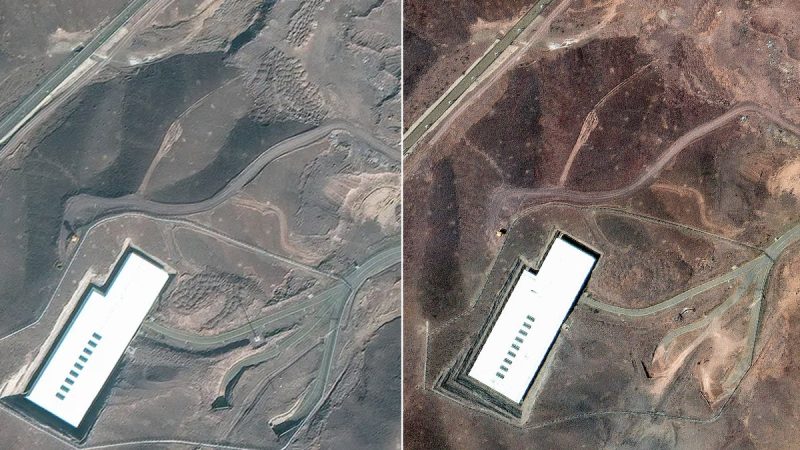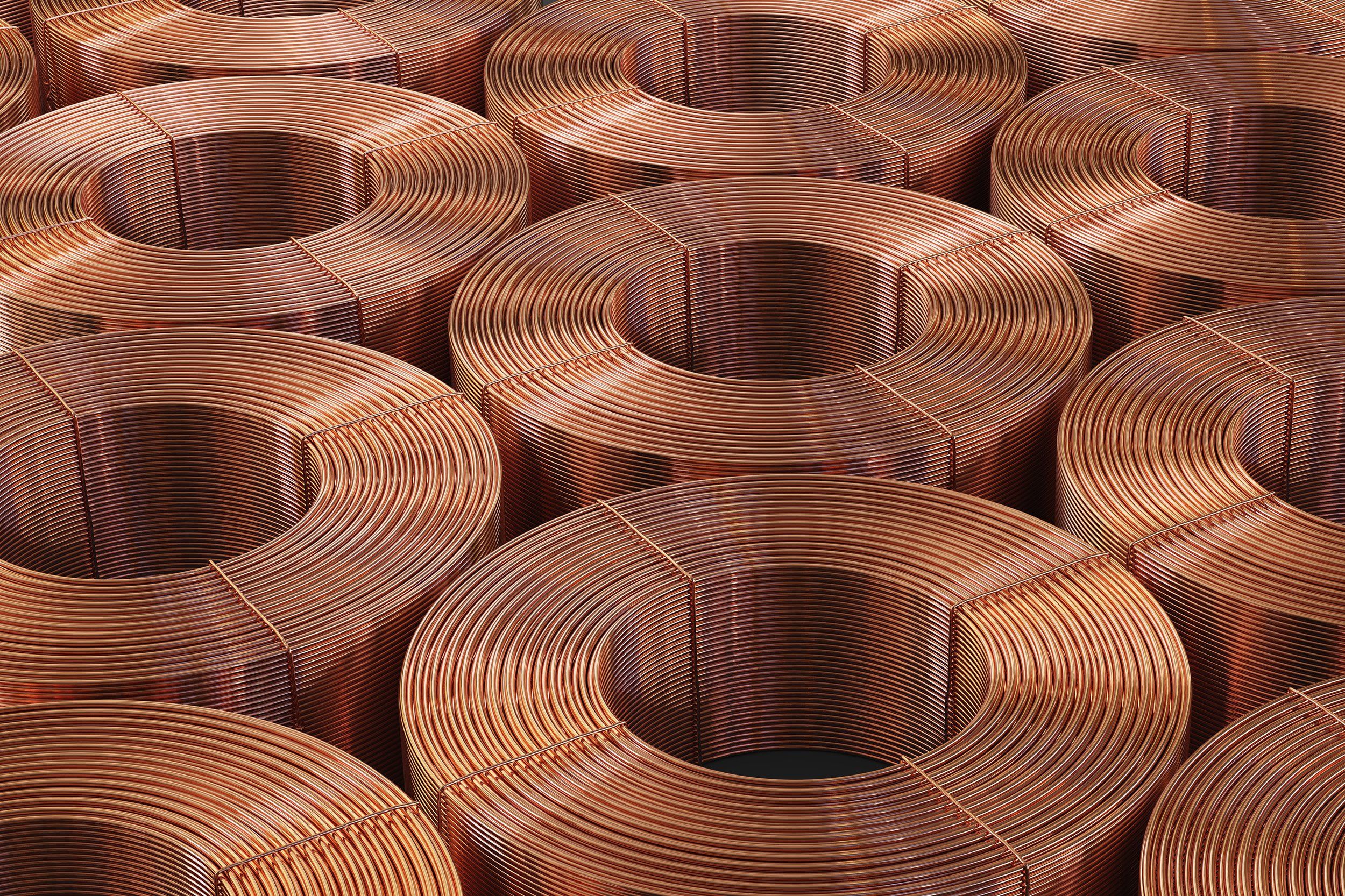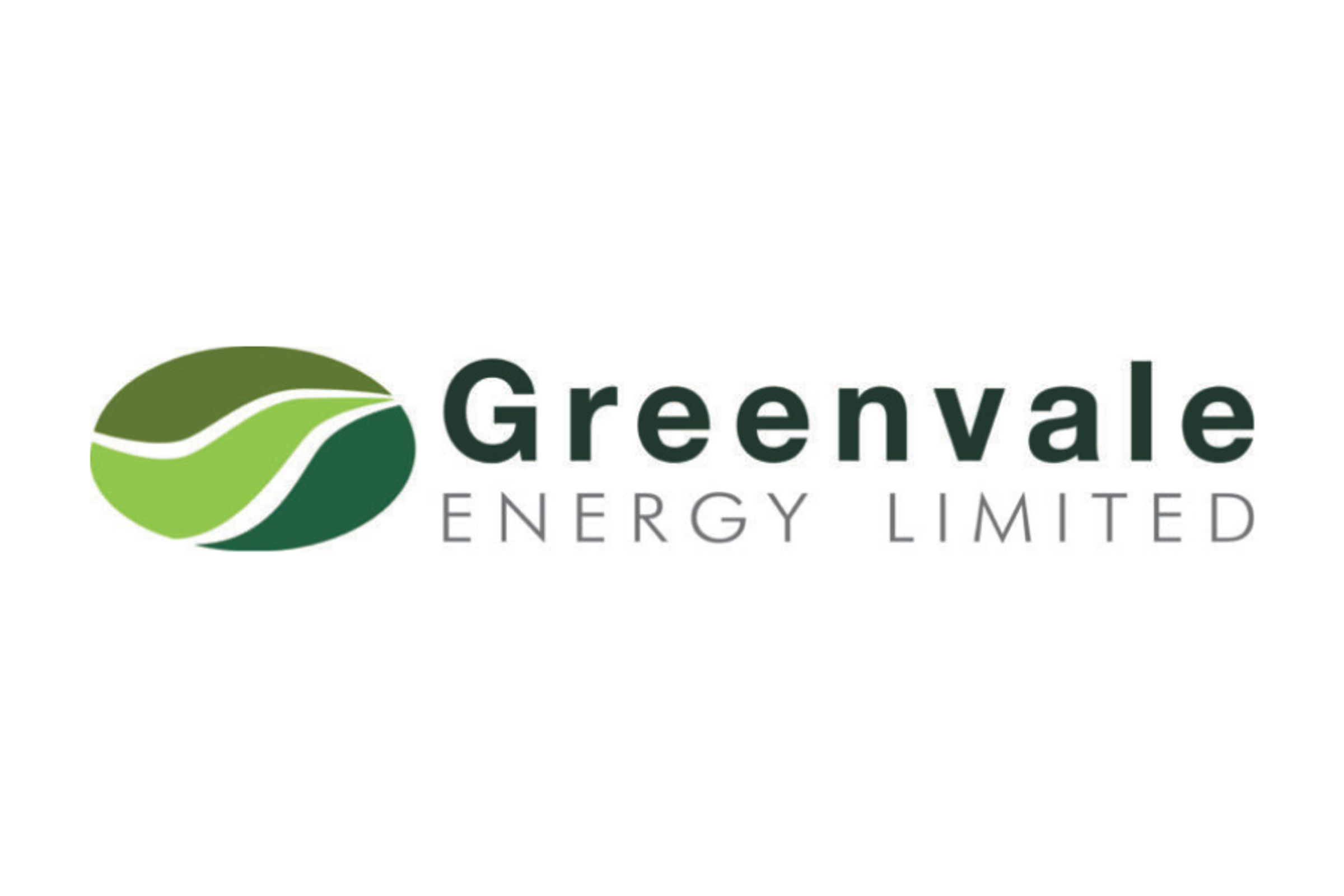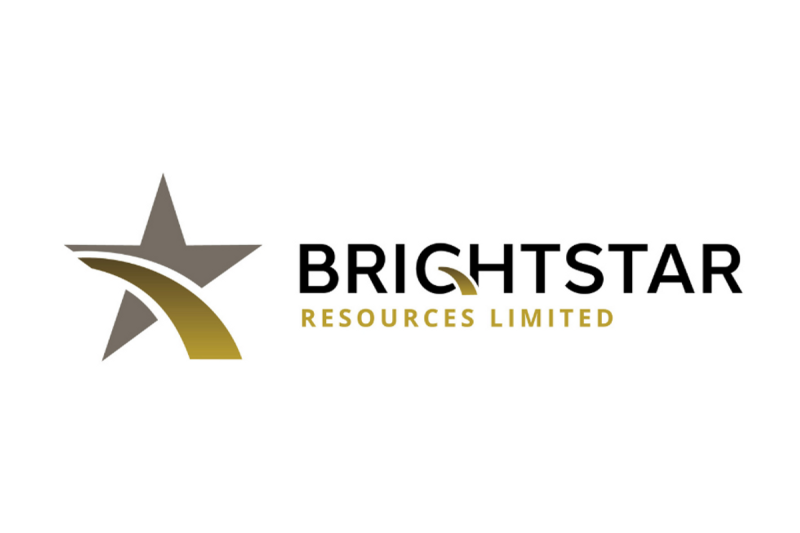

Lode Gold Resources Inc. (TSXV: LOD) (OTCQB: LODFF) (‘Lode Gold’ or the ‘Company’) is pleased to announce that it has engaged experienced capital markets and strategic advisors to support the advancement of its Fremont Mine in Mariposa, California. These advisors will assist in securing strategic investors and partners as the Company moves into the next phase of development.
As part of its current development strategy, Lode Gold is also engaging with mining contractors and progressing with engineering evaluations aimed at optimizing the mine plan and initiating permitting. The Company’s evaluation is focused on three key priorities:
- High-grading during early production years to enhance initial project economics
- Scaling production to over 100,000 ounces per year in later phases
‘Our objective is to take a disciplined and scalable approach to developing the Fremont Project,’ said Wendy T. Chan, CEO and Director at Lode Gold. ‘By securing the right strategic partnership, we will focus on various technical initiatives to optimize project economics, expedite permitting and get to production in near term. Being in a jurisdiction that is now increasingly aligned with domestic resource development, Fremont presents an interesting investment opportunity.’
The Fremont Mine is an advanced-stage exploration and development asset, on 100% private and patented land. It is located in Mariposa, an Opportunity Zone designated to attract investments with tax incentives provided by Trump’s Administration. The 2023 Preliminary Economic Assessment (PEA) outlined positive project economics at a gold price of USD $1,750, based on an annual production rate of approximately 130,000 ounces. More recently, an NI 43 -101 compliant mineral resource estimate (MRE 2025) was completed with a new geological model that separately evaluated vein and stockwork mineralization. Only 8% of the total mineral resource, filed at SEDAR+ (April 2025) has been extracted, mostly in the first 250 m. At a 1 g/t cut-off, the average true width is 53 m (at 3 g/t cut-off, the width is 16.8 m).
Upcoming Near Term 2025-2026 Catalysts:
- Rehabilitation of 2 km underground workings
- Expedite access to two adits, out of a total of 14
- Channel sampling to upgrade resources to M&I
- Metallurgy and Recovery Studies
- Geotechnical work and rock mechanics assessments
- Drilling 3,000 m to initiate Pre-Feasibility Study
- Completion of Pre-Feasibility Study (underground bulk mining and other optimized methods will be evaluated)
About Lode Gold
Lode Gold (TSXV: LOD) is an exploration and development company with projects in highly prospective and safe mining jurisdictions in Canada and the United States.
In Canada, its assets in Yukon sit on the southern portion of the prolific Tombstone Belt. It covers 99.5 km2 across a 27 km strike. Over 4,500 m have been drilled with confirmed gold endowment and economic drill intercepts over 50 m. There are four reduced-intrusive targets (RIRGS), in addition to sedimentary-hosted orogenic exploration gold.
In New Brunswick, Lode Gold, through its subsidiary 1475039 B.C. Ltd. (soon to be spun out into Gold Orogen), has created one of the largest land packages with its Acadian Gold Joint Venture, consisting of an area that spans 445 km2 with a 44 km strike. It has confirmed gold endowment with mineralized rhyolites.
In preparation for the spin-out, NI 43 101 technical reports have been prepared for all assets in Yukon and New Brunswick in 2024.
In the United States, the Company is focused on its advanced exploration and development asset, the Fremont Mine in Mariposa, California. According to the NI 43- 101 Compliant 2025 MRE, the asset contains 1.3 Moz at 4.4 g/t (3 g/t cut-off) with an average true width: 16.8 m.
Fremont was previously mined at 10.7 g/t. During gold mining prohibition in WWII, its mining license was suspended. Only 8% of the resource identified in the 2025 MRE has been extracted. This asset has exploration upside and is open at depth (three step-out holes at 1,300 m hit structure and were mineralized) and on strike. This is a brownfield project with over 43,000 m drilled, 23 km of underground workings and 14 adits. The project has excellent infrastructure and is close to electricity, water, roads, railhead and port.
Recently, the Company completed an internal scoping study, with a strategic pivot to 100% underground mining. Previously, in March 2023, the Company completed an NI 43-101 Preliminary Economic Assessment (‘PEA’) with an open pit and underground combination mine. The NI 43-101 technical reports are available on the Company’s profile on SEDAR+ (www.sedarplus.ca) and the Company’s website (www.lode-gold.com).
Qualified Person Statement
The scientific and technical information contained in this press release has been reviewed and approved by Jonathan Victor Hill, Director, BSc (Hons) (Economic Geology – UCT), FAusIMM, and who is a ‘qualified person’ as defined by National Instrument 43-101 – Standards of Disclosure for Mineral Projects (‘NI 43-101’).
ON BEHALF OF THE COMPANY
Wendy T. Chan
CEO & Director
Information Contact:
Winfield Ding
CFO
info@lode-gold.com
+1-(604)-977-GOLD (4653)
Jenna Mosher
Investor Relations
jenna@lode-gold.com
+1 (604) -977-GOLD (4653)
Cautionary Note Related to this News Release and Figures
This news release contains information about adjacent properties on which the Company has no right to explore or mine. Readers are cautioned that mineral deposits on adjacent properties are not indicative of mineral deposits on the Company’s properties.
Cautionary Statement Regarding Forward-Looking Information
Neither the TSX Venture Exchange nor its Regulation Services Provider (as that term is defined in the policies of the TSX Venture Exchange) accepts responsibility for the adequacy or accuracy of this release.
This news release includes ‘forward-looking statements’ and ‘forward-looking information’ within the meaning of Canadian securities legislation. All statements included in this news release, other than statements of historical fact, are forward-looking statements including, without limitation, statements with respect to the use of proceeds, advancement and completion of resource calculation, feasibility studies, and exploration plans and targets. Forward-looking statements include predictions, projections and forecasts and are often, but not always, identified by the use of words such as ‘anticipate’, ‘believe’, ‘plan’, ‘estimate’, ‘expect’, ‘potential’, ‘target’, ‘budget’ and ‘intend’ and statements that an event or result ‘may’, ‘will’, ‘should’, ‘could’ or ‘might’ occur or be achieved and other similar expressions and includes the negatives thereof.
Forward-looking statements are based on a number of assumptions and estimates that, while considered reasonable by management based on the business and markets in which the Company operates, are inherently subject to significant operational, economic, and competitive uncertainties, risks and contingencies. These include assumptions regarding, among other things: the status of community relations and the security situation on site; general business and economic conditions; the availability of additional exploration and mineral project financing; the supply and demand for, inventories of, and the level and volatility of the prices of metals; relationships with strategic partners; the timing and receipt of governmental permits and approvals; the timing and receipt of community and landowner approvals; changes in regulations; political factors; the accuracy of the Company’s interpretation of drill results; the geology, grade and continuity of the Company’s mineral deposits; the availability of equipment, skilled labour and services needed for the exploration and development of mineral properties; currency fluctuations; and impact of the COVID-19 pandemic.
There can be no assurance that forward-looking statements will prove to be accurate and actual results, and future events could differ materially from those anticipated in such statements. Important factors that could cause actual results to differ materially from the Company’s expectations include a deterioration of security on site or actions by the local community that inhibits access and/or the ability to productively work on site, actual exploration results, interpretation of metallurgical characteristics of the mineralization, changes in project parameters as plans continue to be refined, future metal prices, availability of capital and financing on acceptable terms, general economic, market or business conditions, uninsured risks, regulatory changes, delays or inability to receive required approvals, unknown impact related to potential business disruptions stemming from the COVID-19 outbreak, or another infectious illness, and other exploration or other risks detailed herein and from time to time in the filings made by the Company with securities regulators, including those described under the heading ‘Risks and Uncertainties’ in the Company’s most recently filed MD&A. The Company does not undertake to update or revise any forward-looking statements, except in accordance with applicable law.

To view the source version of this press release, please visit https://www.newsfilecorp.com/release/256755

News Provided by Newsfile via QuoteMedia












 Greenvale Energy (GRV:AU) has announced Preparations for Maiden Drill Program at Oasis
Greenvale Energy (GRV:AU) has announced Preparations for Maiden Drill Program at Oasis




 Brightstar Resources (BTR:AU) has announced BTR executes processing MoU for Menzies Gold Project
Brightstar Resources (BTR:AU) has announced BTR executes processing MoU for Menzies Gold Project






